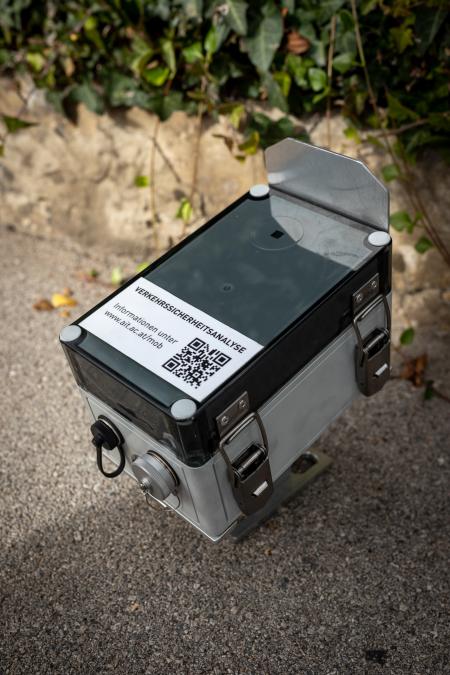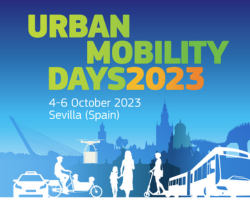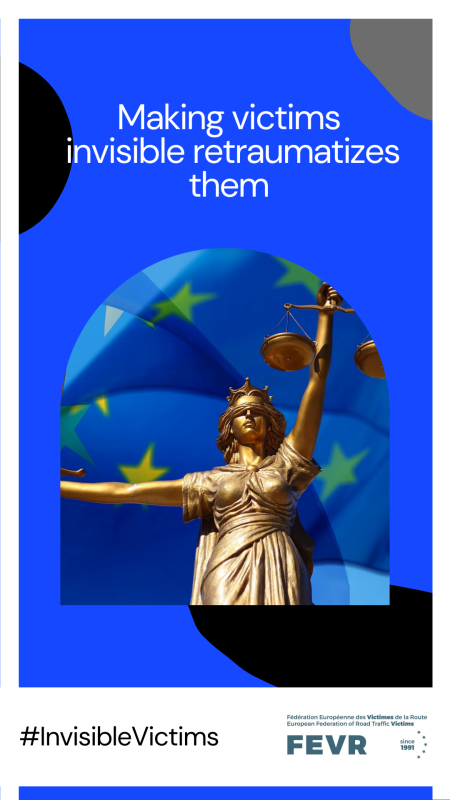Using Social Media for knowledge
we are convinced that technology is essential today to address the lack of social and road culture in many states, not only in the Mediterranean area. But we wonder if it is not yet possible to intervene with the "older" generations to improve these problems via technology as well. We could use the social networks Facebook and WhatsApp to distribute easily printable files to report to the authorities on the problems that we as motorcyclists encounter daily on the roads.



